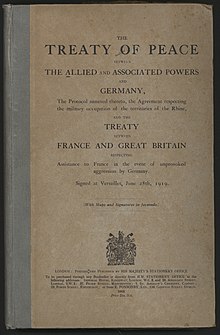I believe that these points are far too idealistic. Many of his points have not occurred yet at all, much less just in the treaty of Versailles. His points calling for public diplomacy, reducing of all armaments, the destruction of colonies, the return of Alsace-Loraine to the German people are all overextending his power, and ridiculous demands for other nations. Public diplomacy would be impossible to enforce, and would hurt nations because their enemies would know all their policies. Reducing armaments is also ridiculous because if one nation denies it (Germany) then it puts all other nations at risk. The destruction of colonies is not Wilson's decision to make because America did not have any colonies so this would severely damage European nations, while leaving America relatively unscathed. However, the most ridiculous of these claims was the return of Alsace-Loraine to the German people. This territory was both France's and Germany's main territorial goal of WW1, and stripping France of it practically strips them of their victory entirely. Regarding his last point, the creation of the league of nations, I did think it was justified. An organization similar to it, the UN, was created and is functioning well to this day. The main problems with it were that it had no army, and the US refused to join. Had both of these occurred, I believe it would have been a successful organization.

Treaty of Versailles (went against most of Wilson's points):

Treaty of Versailles (went against most of Wilson's points):

Comments
Post a Comment